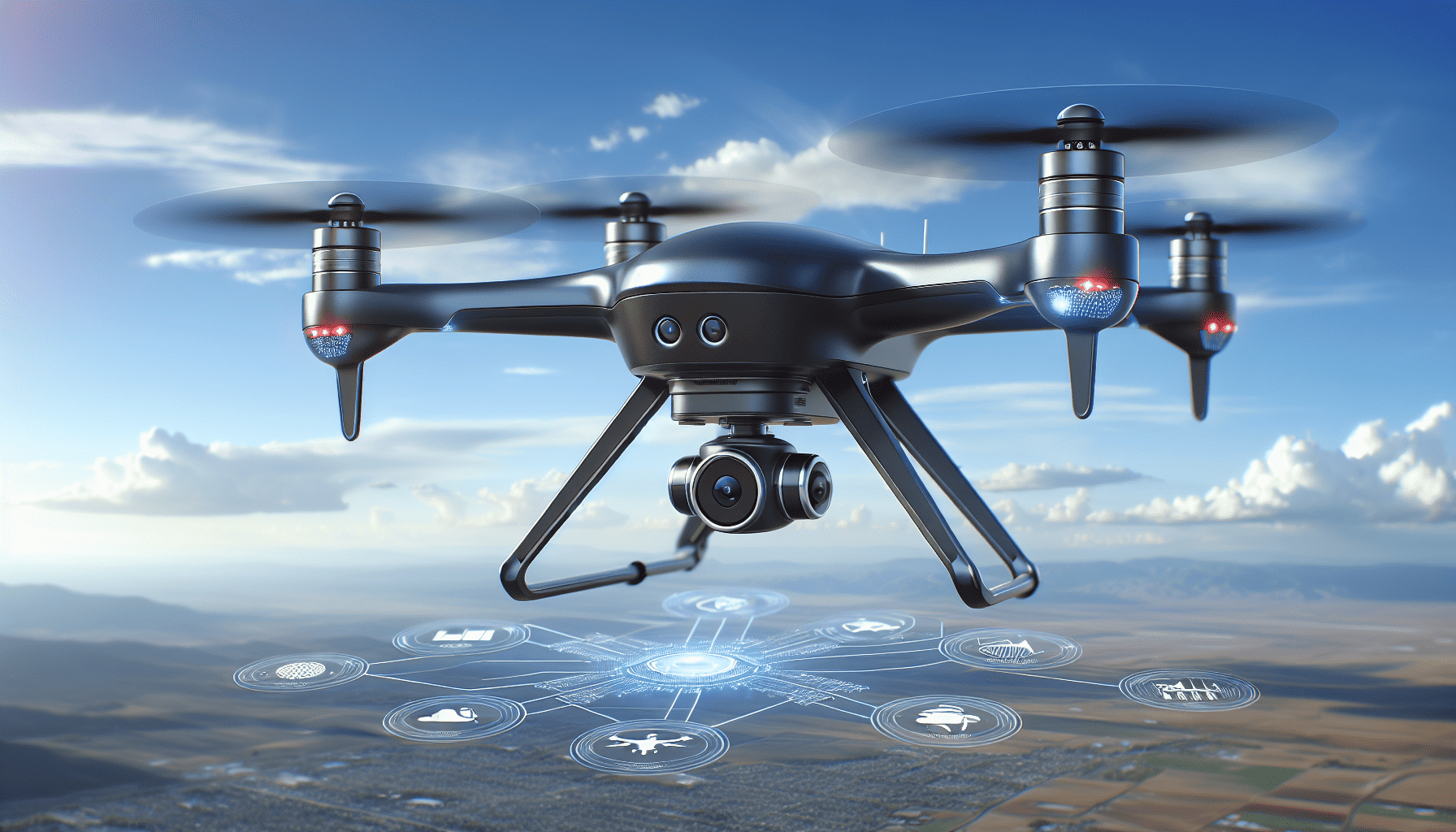As the aviation industry continues to evolve, the integration of autonomous flight technology represents a significant leap toward reimagining air travel and transportation. Innovative solutions for autonomous navigation and control systems are being developed and implemented, promising enhanced safety, efficiency, and operational capabilities.
At the heart of this technological revolution lies artificial intelligence (AI), which acts as the brain of autonomous systems. AI algorithms process vast amounts of data collected from multiple sensors, including cameras, radars, and LiDARs. This data fusion enables the aircraft to perceive its environment accurately, anticipate potential obstacles, and make real-time decisions. Machine learning further enhances these systems by allowing them to learn from experience, improving their performance over time.
One of the primary benefits of autonomous flight technology is enhanced safety. Human errors, often cited as significant contributing factors in aviation accidents, can be minimized with autonomous systems. These systems are designed to operate under strict protocols and consistent conditions, reducing the likelihood of mistakes caused by human fatigue or oversight. Moreover, autonomous aircraft can quickly react to unforeseen situations, such as sudden weather changes or mechanical failures, ensuring a higher level of safety for passengers and cargo.
In terms of efficiency, autonomous technology optimizes flight paths and operations. By continuously analyzing data, these systems can determine the most efficient routes, saving time and fuel. This not only reduces operational costs but also decreases the aviation industry's carbon footprint, contributing positively to environmental sustainability goals.
The integration of autonomous technologies is particularly transformative for the growing demand in urban air mobility (UAM). As cities become more congested, the need for efficient, on-demand air transport solutions increases. Autonomous drones and air taxis can provide a viable solution by offering point-to-point transportation without the delays associated with traditional travel.
In addition, autonomous systems hold promise for freight and logistics. Cargo drones equipped with AI-driven navigation can transport goods to remote or hard-to-reach areas, revolutionizing supply chain operations. This capability is especially valuable in humanitarian efforts, where delivering critical supplies to disaster-stricken regions can be a matter of life and death.
The development and implementation of autonomous flight technology are not without challenges. Ensuring robust cybersecurity measures to protect against hacking and data breaches is paramount. Additionally, public perception and regulatory frameworks need to adapt to accept and endorse autonomous systems in aviation.
Regulatory bodies, such as the Federal Aviation Administration (FAA) in the United States and the European Union Aviation Safety Agency (EASA), are working diligently to establish clear guidelines and standards. These regulations will ensure the safe integration of autonomous technology into the existing airspace and promote public trust in the technology.
In conclusion, autonomous flight technology is poised to revolutionize the aviation industry, offering safer, more efficient, and environmentally friendly air travel solutions. As research and development continue to advance, and societal and regulatory challenges are addressed, the dream of fully autonomous air travel comes closer to reality. The future of aviation is unfolding before our eyes, promising an era where the skies become more than just a pathway but an intelligent network of innovation and sustainability.
